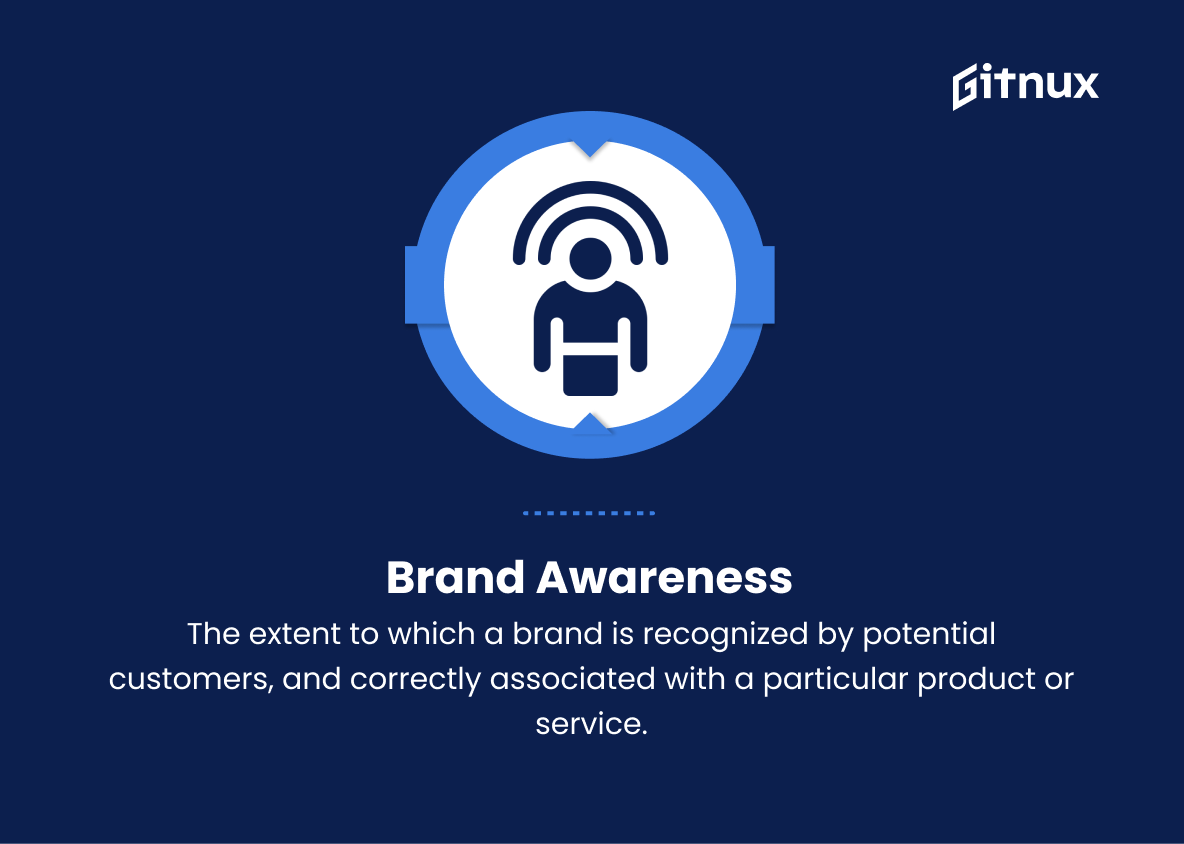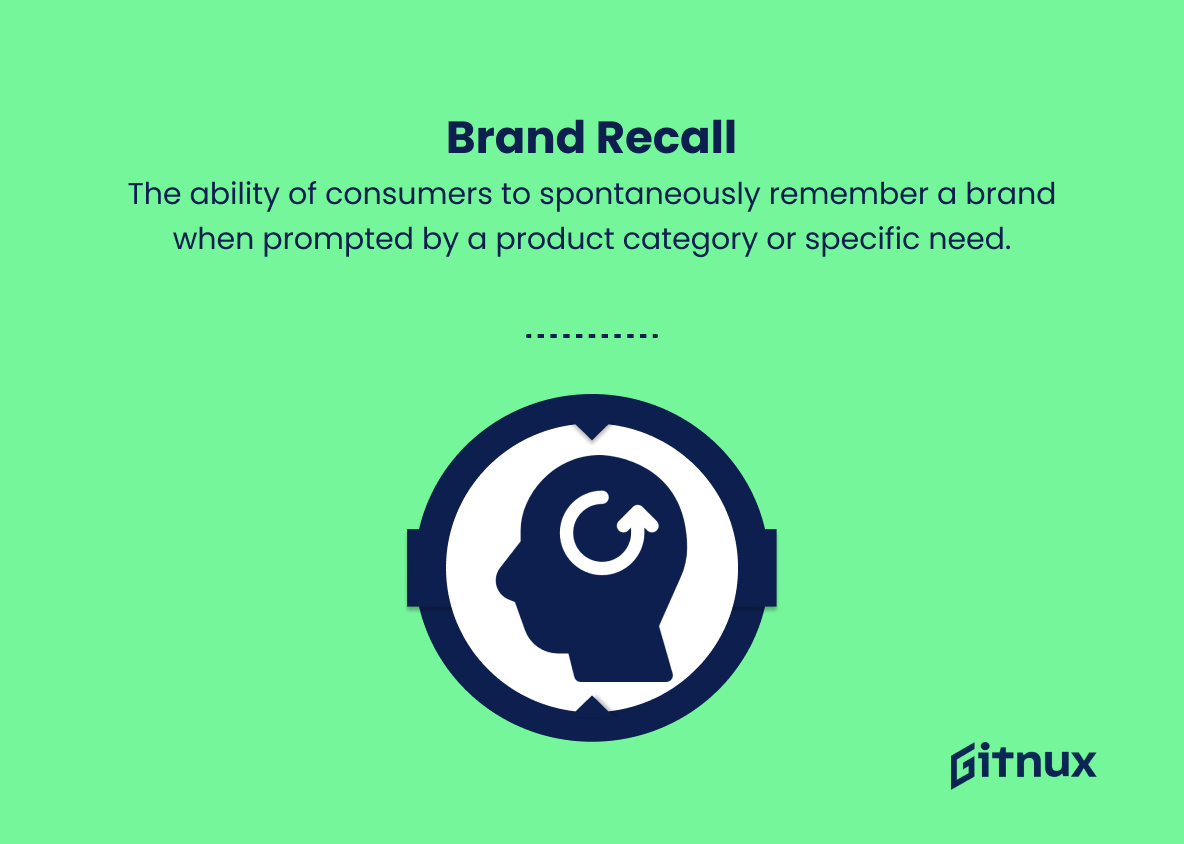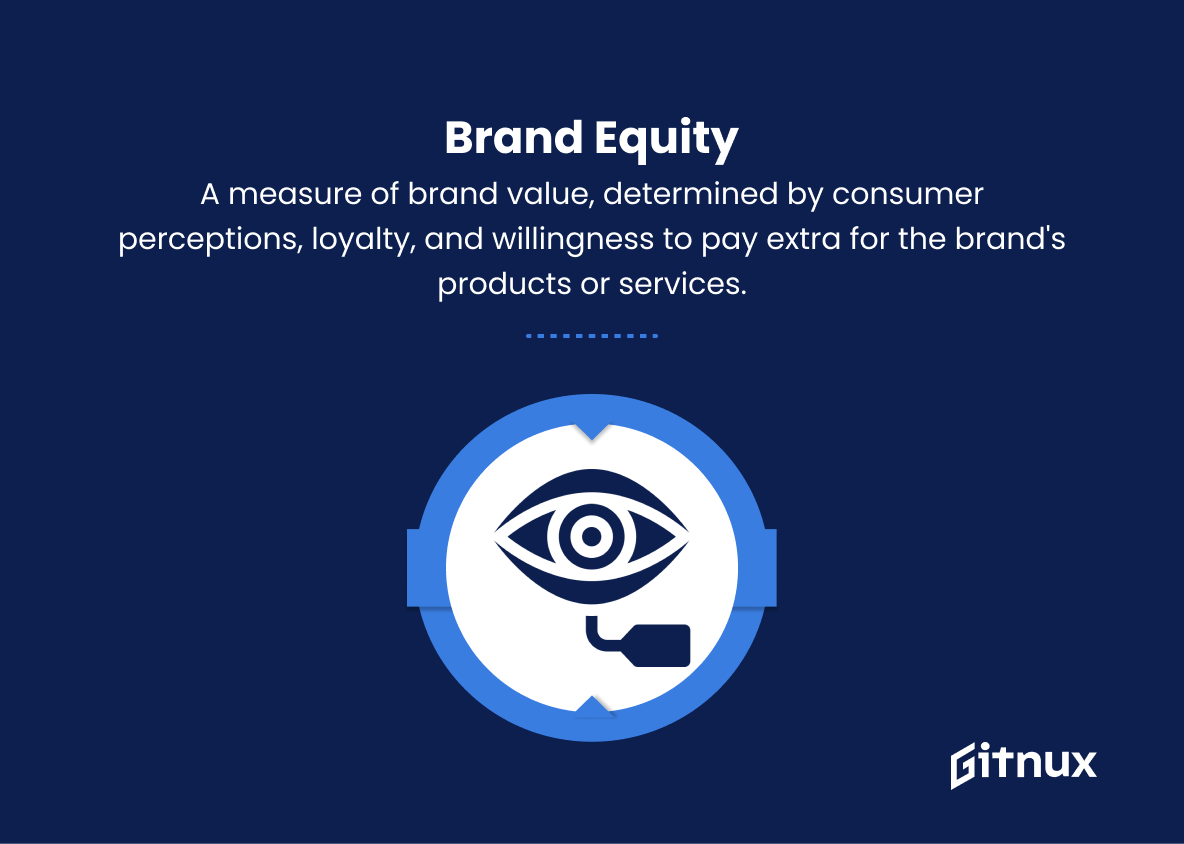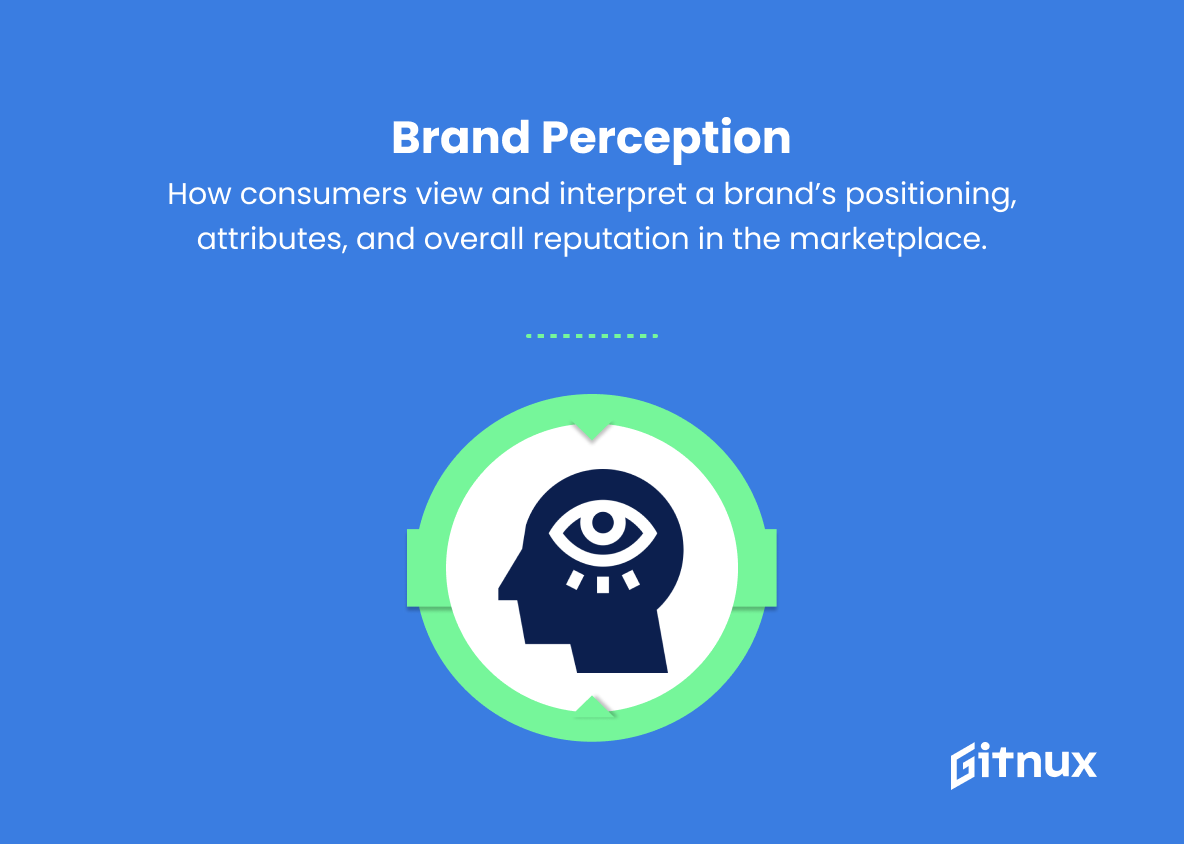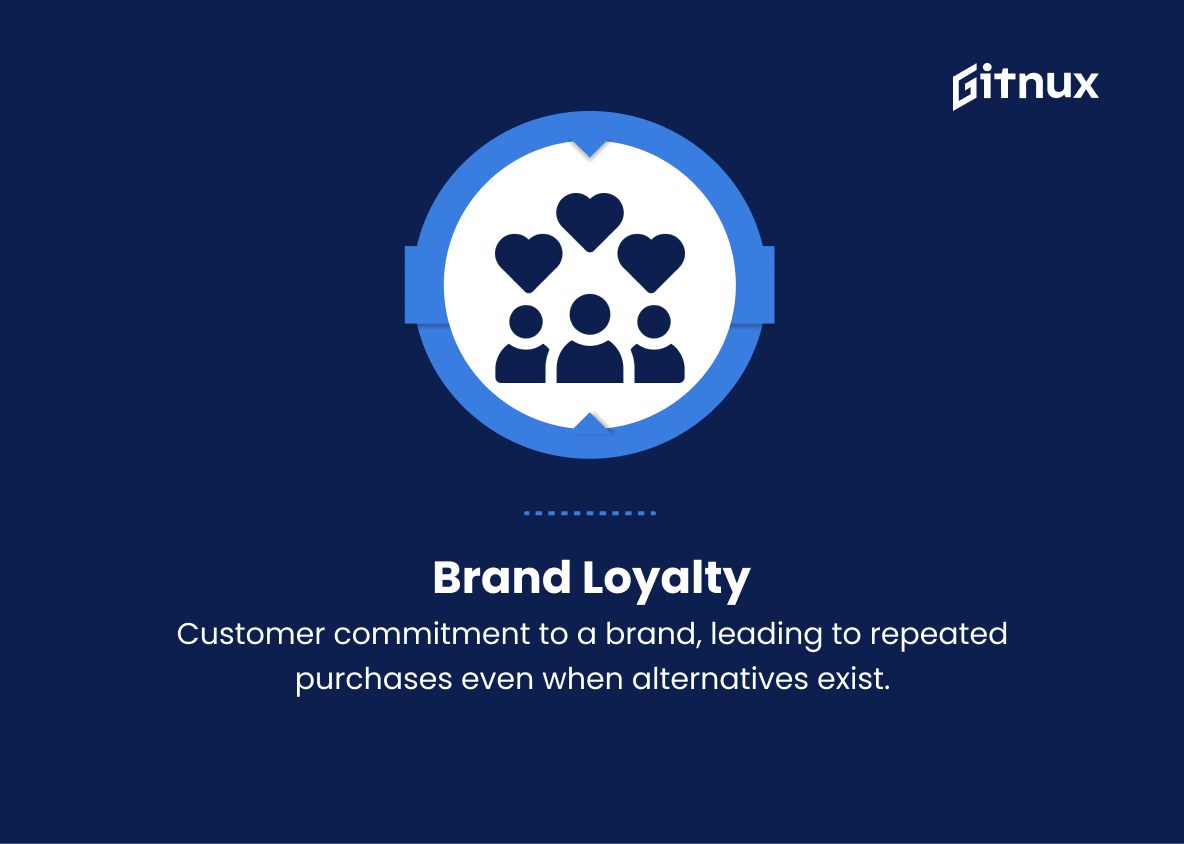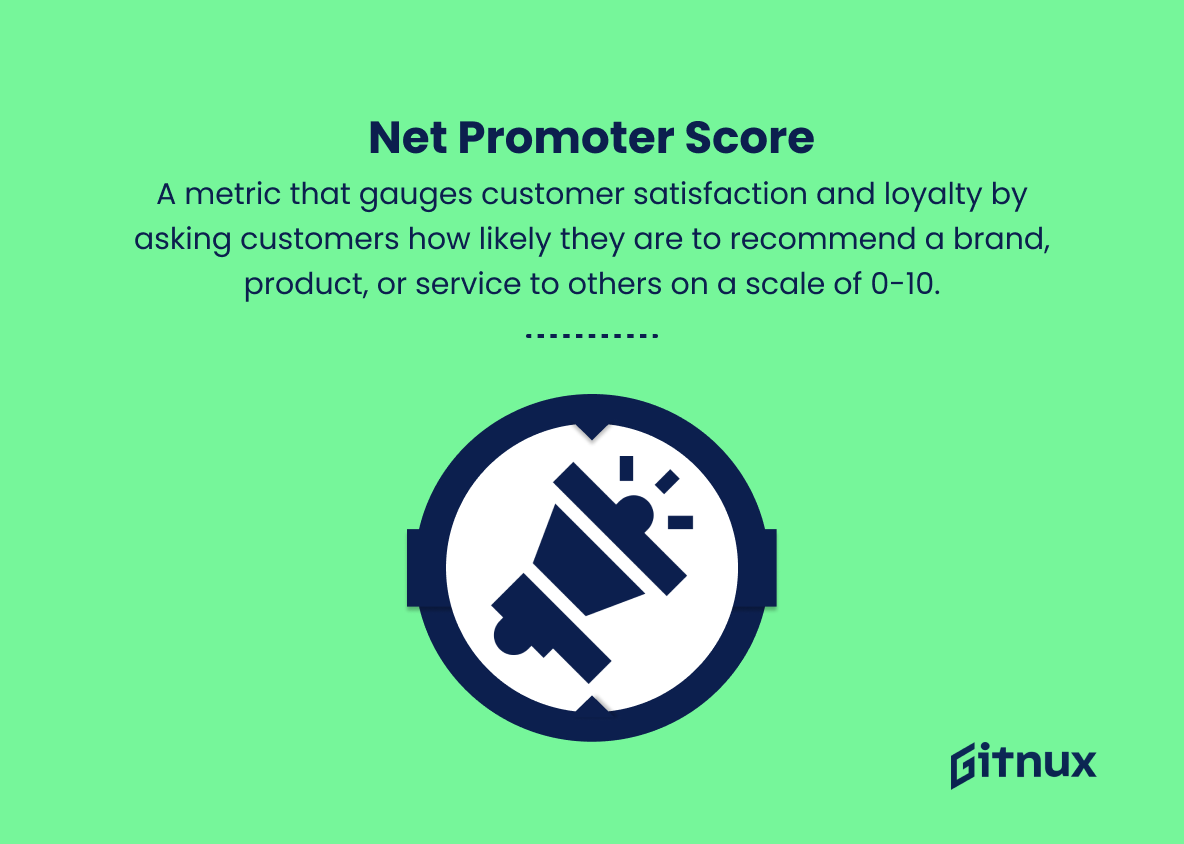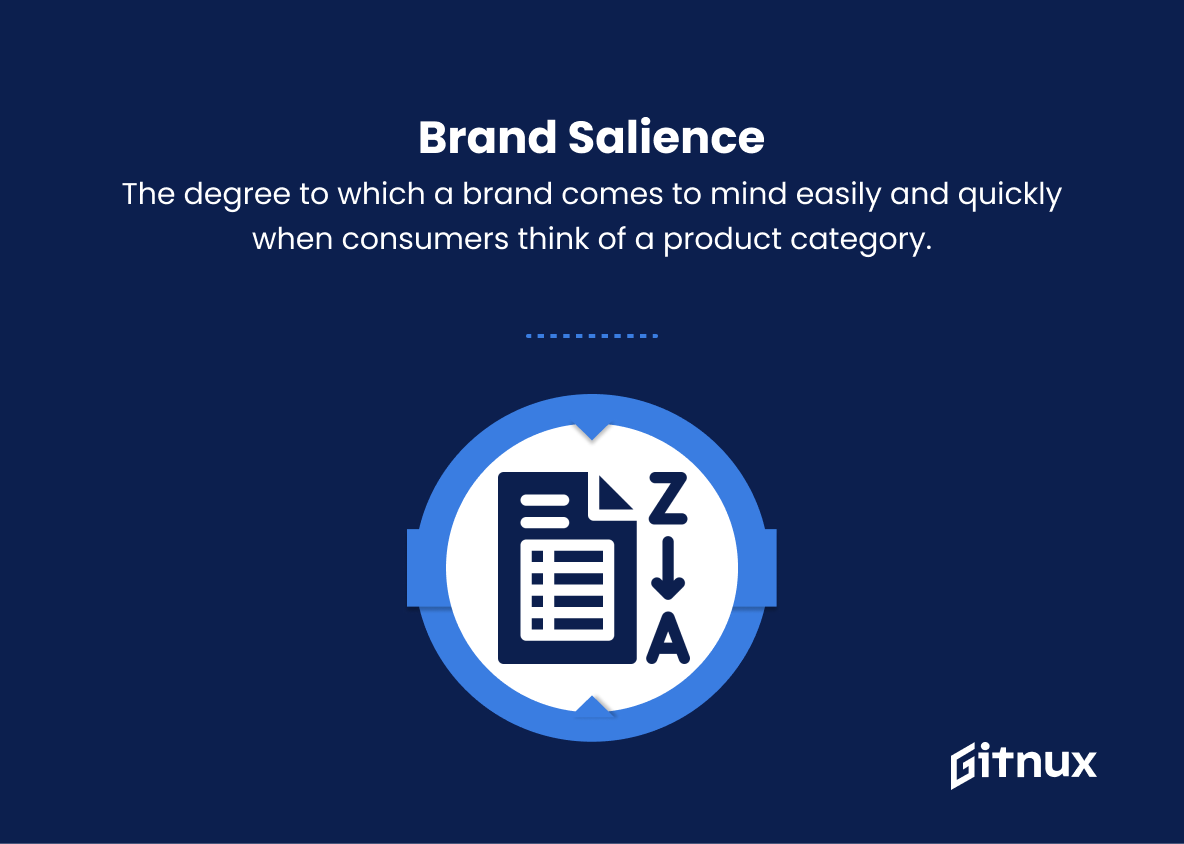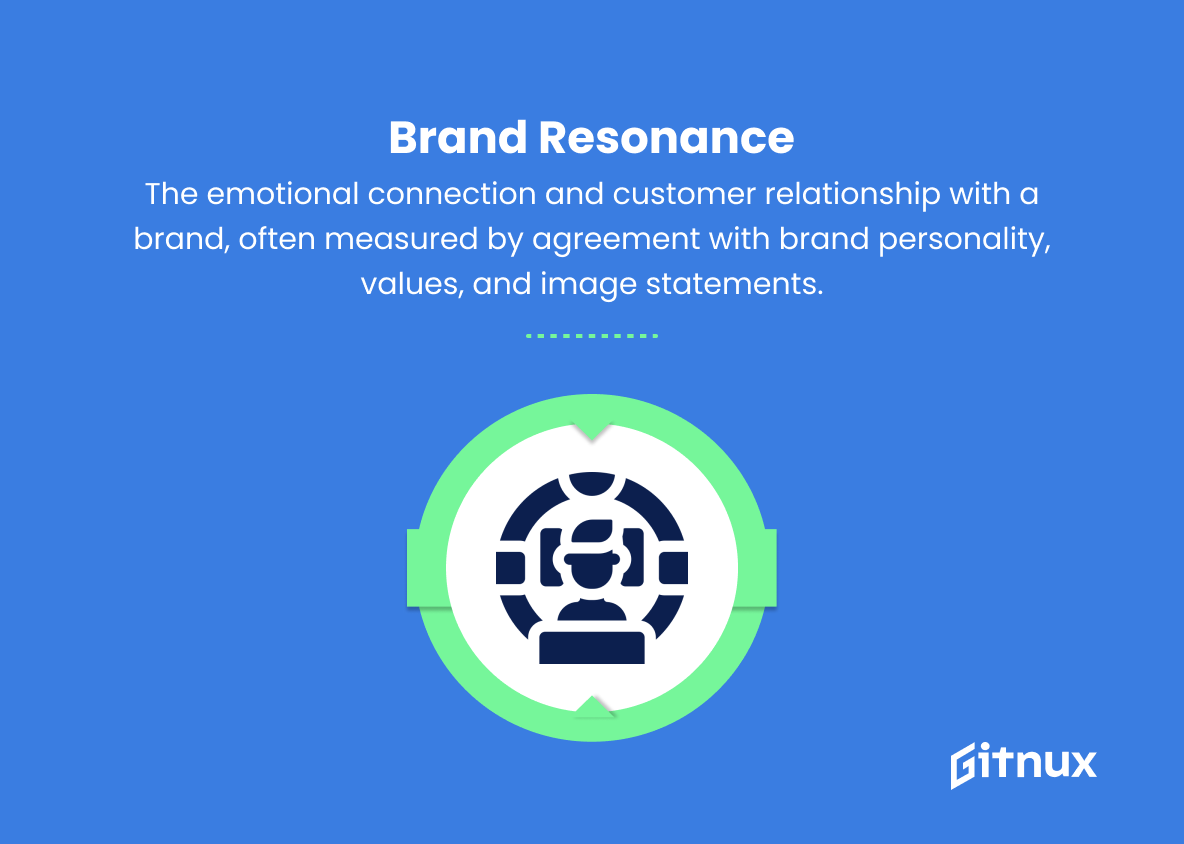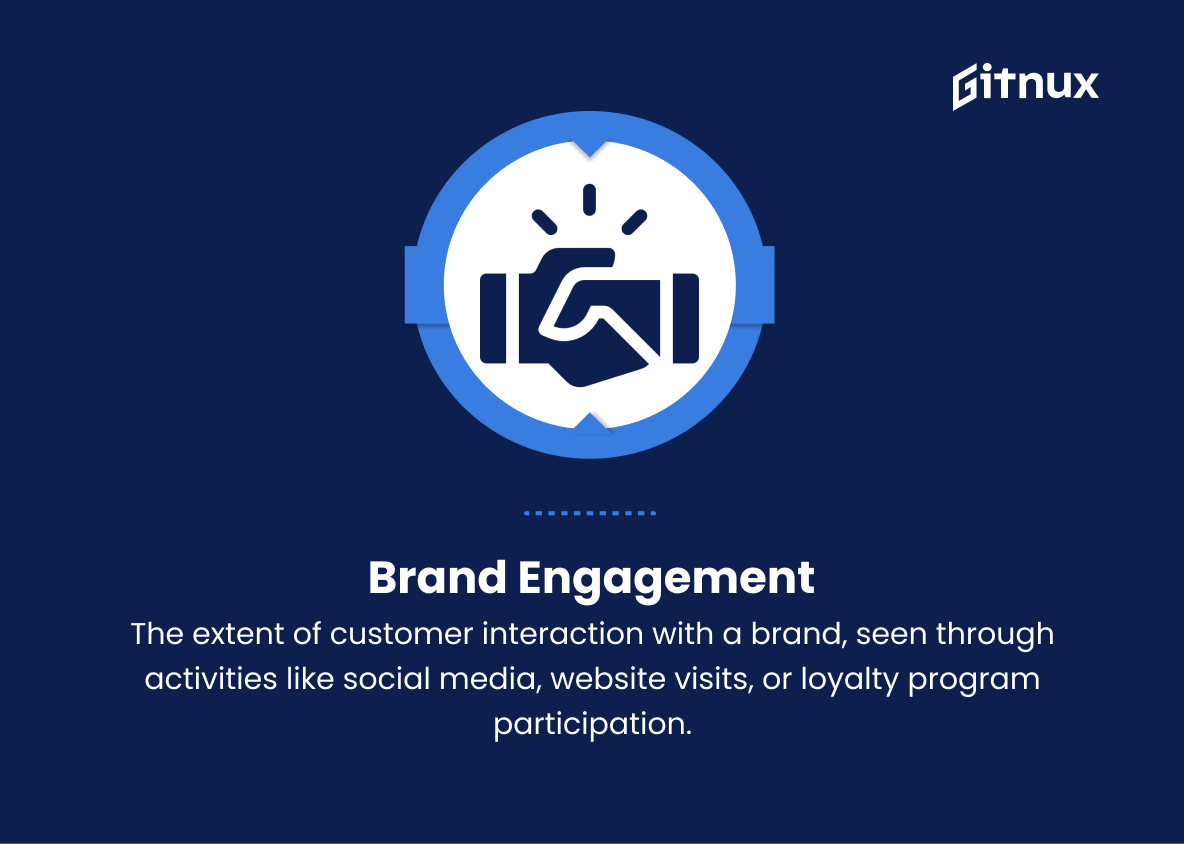In today’s highly competitive marketplace, establishing a robust brand identity has become crucial for businesses to thrive and maintain a loyal consumer base. As a result, effectively measuring and analyzing the impact of branding efforts is essential to refine marketing strategies and ensure the desired outcomes. In this comprehensive blog post, we will delve into the importance of branding metrics, exploring the key performance indicators that hold the potential to make or break your brand image.
From understanding brand awareness and recall to analyzing customer perceptions and loyalty, we will equip you with the most relevant and actionable insights to help you foster a strong brand presence and make data-driven decisions for sustainable success.
Branding Metrics You Should Know
1. Brand Awareness
The extent to which a brand is recognized by potential customers, and correctly associated with a particular product or service. It measures how familiar consumers are with a brand’s image, name, or logo.
2. Brand Recall
The ability of consumers to spontaneously remember a brand when prompted by a product category or specific need. This metric helps gauge how deeply a brand is ingrained in a consumer’s memory.
3. Brand Recognition
The ability of consumers to correctly identify a brand based on visual or auditory cues, such as a logo, tagline, or packaging. This metric assesses the effectiveness of a brand’s visual and auditory identity.
4. Brand Equity
A measure of the overall value of a brand, which can be quantified based on consumer perceptions, loyalty, and willingness to pay a premium for products or services from the brand.
5. Brand Preference
The degree to which consumers prefer a particular brand over competitors, typically measured through customer surveys or by examining market share.
6. Brand Perception
How consumers view and interpret a brand’s positioning, attributes, and overall reputation in the marketplace. This can include both positive and negative associations and can be measured qualitatively, through surveys or interviews, or quantitatively, using tools such as social media sentiment analysis.
7. Brand Loyalty
The extent to which customers are committed to a specific brand and repeatedly purchase products or services from that brand, even when other options are available. It can be measured through repeat purchase rate, churn rate, or customer lifetime value.
8. Net Promoter Score (NPS)
A metric that gauges customer satisfaction and loyalty by asking customers how likely they are to recommend a brand, product, or service to others on a scale of 0-10. NPS is calculated by subtracting the percentage of customers who are detractors (scores of 0-6) from the percentage of promoters (scores of 9-10).
9. Share of Voice (SOV)
The percentage of marketing and advertising activities, or visibility, a brand has within a specific target market, relative to its competitors. This metric can help assess the effectiveness of a brand’s marketing efforts and overall market presence.
10. Brand Salience
The degree to which a brand comes to mind easily and quickly when consumers think of a product category. High brand salience can lead to increased brand awareness, preference, and loyalty.
11. Brand Relevance
The extent to which a brand is perceived as meeting the needs and preferences of its target audience. This metric can be evaluated through customer surveys or by analyzing market trends and competitor positioning.
12. Brand Resonance
The emotional connection and relationship that customers have with a brand, typically measured by asking customers how strongly they agree with statements about the brand’s personality, values, and image.
13. Brand Engagement
The level of interaction and involvement customers have with a brand, through activities such as social media interactions, website visits, or participation in loyalty programs. This metric can help assess how effectively a brand is connecting with its target audience and building long-term customer relationships.
Branding Metrics Explained
Branding metrics are essential as they offer valuable insights into various aspects of a brand’s performance and perception in the market. Brand Awareness reveals the familiarity level of consumers with a brand, while Brand Recall shows how deeply the brand has been ingrained in consumers’ memories. Brand Recognition measures the effectiveness of a brand’s visual and auditory identity, whereas Brand Equity quantifies the brand’s overall value based on customer perceptions and loyalty.
Brand Preference evaluates consumer inclination towards a particular brand, and Brand Perception examines how consumers view a brand’s positioning and reputation. Brand Loyalty indicates the commitment of customers to a specific brand, while the Net Promoter Score (NPS) measures customer satisfaction and advocacy. Share of Voice (SOV) assesses marketing visibility compared to competitors, and Brand Salience determines how quickly a brand comes to mind.
Brand Relevance demonstrates how well a brand meets its target audience’s needs, while Brand Resonance measures the emotional connection customers have with the brand. Finally, Brand Engagement gauges the level of interaction between customers and a brand, highlighting the effectiveness of relationship-building efforts. Overall, these metrics are critical in helping businesses fine-tune their branding strategies and maximize their impact in the marketplace.
Conclusion
In summary, the significance of branding metrics cannot be overstated when it comes to measuring the success and impact of your brand strategy. They offer invaluable insights into customer perception, brand loyalty, and overall brand equity. By carefully selecting the most relevant metrics and tracking them regularly, businesses can effectively optimize their brand performance and fuel growth.
In today’s competitive landscape, understanding and leveraging branding metrics is an essential ingredient for carving out a strong and sustainable brand identity. By continuously analyzing and refining your approach based on these key indicators, you will stay several steps ahead of your competition and create an indelible connection with your target audience.
